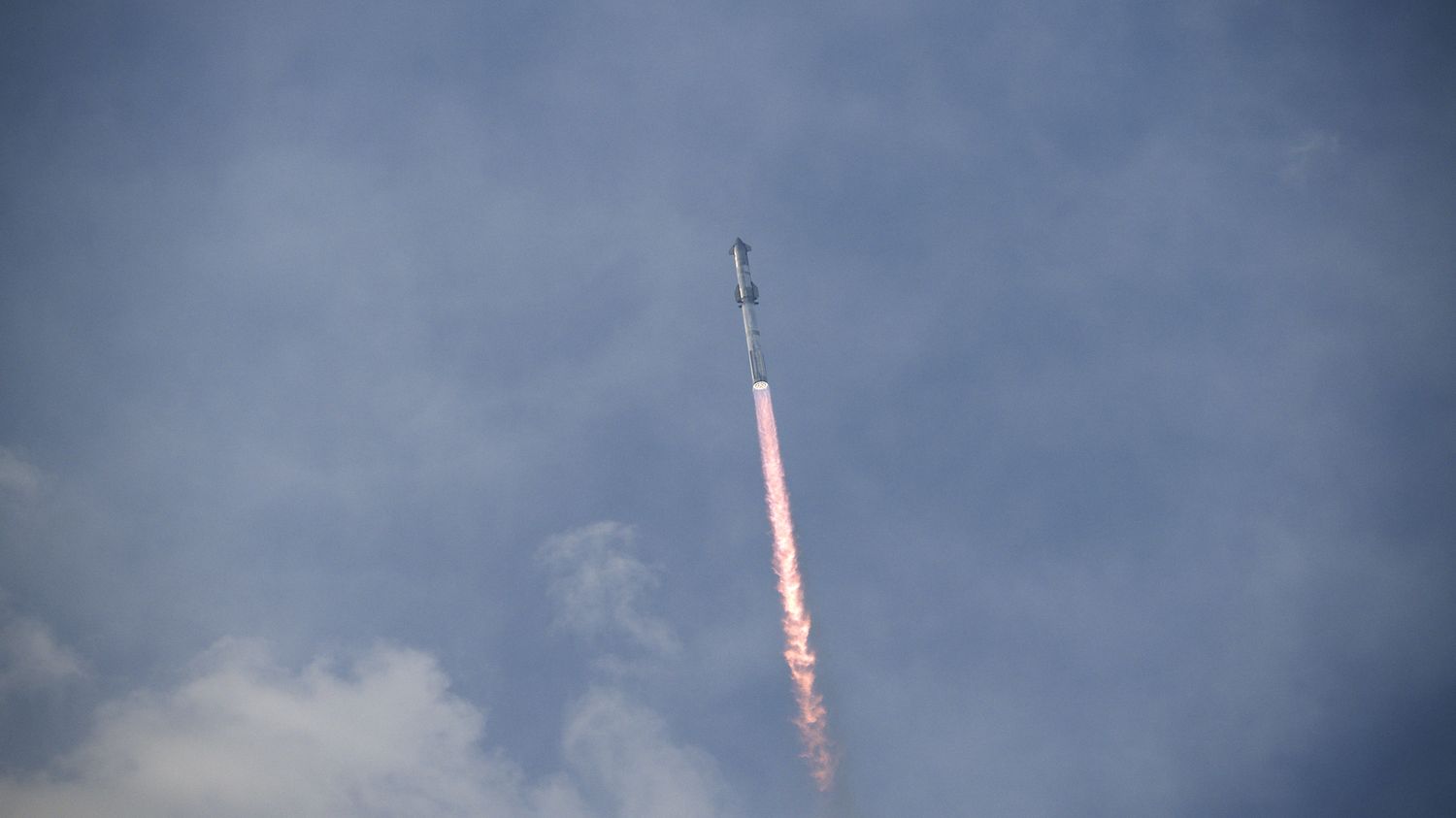After After the semi-failure of the previous test flight in November, SpaceX returned to the launch pad on Thursday March 14 for a third test of its Starship rocket. Takeoff for this new test flight took place successfully at 2:25 p.m. French time, from the Boca Chica base (Texas). The vessel was, however, “lost” while descending towards Earth, announced SpaceX. “So no landing today”, said a commentator during SpaceX’s live video. The vessel was, according to the flight plan, to end its course in the Indian Ocean. However, he flew much longer than during his two previous tests.
The rocket consisted of two stages: the Super Heavy propulsion stage, and above it the Starship, which by extension gives its name to the entire rocket. Thanks to its reusable elements, the XXL launcher chosen by NASA for its Artemis program could ultimately make it possible to drastically reduce launch costs, opening new horizons for the conquest of space. Follow our live stream.
Two goals in one. SpaceX, the company of billionaire Elon Musk, is banking on Starship to achieve its stated goal: to install an autonomous colony on Mars, in order to make humanity a multiplanetary species. Its development is also very important for NASA, which is counting on this spacecraft to land its astronauts on the Moon during its Artemis 3 mission, planned for 2026.
Fixes since the last test. The last test took place four months ago. The rocket’s two stages had successfully separated in flight for the first time, but then both exploded. The ship, however, had reached an altitude of approximately 150 km, exceeding the edge of space. Since, 17 “corrective actions” had been put in place.
A giant rocket. At 120 m high, Starship is the largest rocket in the world. She is also the most powerful. Besides its disproportionate size, the real innovation of Starship is that it must ultimately be entirely reusable. Currently, only the first stage of the Falcon 9 rocket returns to land after each launch to be reused.
